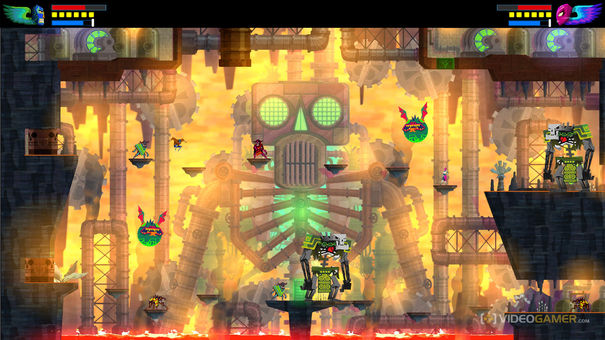Whoever said that online games are only for kids is either a grumpy oldie or a boring rock. In this digital age wherein people do most things on the internet, it is no wonder that online gaming is turning into a massive market that is changing and growing at breakneck speed. A good chunk of the world is now wired, even third world countries, offering easy access to the Internet. This makes online gaming all the more available to millions of people coming from different countries, races, sexes - and yes, even age groups.
Andreas Neus said that online gaming is not exactly a new phenomenon. According to an online gaming expert and consultant for IBM Germany, this trend started ten to fifteen years ago with MUDs or multi-user dungeons being its most primitive form. Being text-based, MUDs require players to enter texts to interact with the game’s environment. Whether the player wishes to go forward or backward, north or south, he is compelled to key in syntaxes to create any form of activity.
The industry’s next major milestone came in 1997 when Ultima Online was released. A graphics-based massively multiplayer online role-playing game (MMORPG), the game was released on September 24, 1997 by Mythic Entertainment, a game studio under EA Games, arguably one of the biggest game developers in the entire world. Next came in 2004 with the release of World of Warcraft, a universally praised, novel-based multi-player game that has acquired more than 12 million subscribers as of October 2010.
So who are these more than 12 million online gamers? A new study sponsored by PopCap, maker of popular games such as Bejeweled and Insaniquarium, reveals that most people who play online games (including Facebook favorites like Farmville and the likes) are 42-year-old women. Contradicting the time-old belief that only small children are drawn to the online game craze, the study confirms that this form of entertainment caters to a huge portion of the world’s population, including adults.
Providing gamers with the biggest assortment of stories, modes of interactions, characters and adventures, online gaming has proven once again that it is here to stay. And as the sector and its products grow in numbers and mature in themes, so does its avid fanatics become more diverse in terms of demographics. So, unless you’ve been living under a rock or in solitary confinement for the past 35 years, it should come as no surprise that the gaming industry is not a single-audience market.





